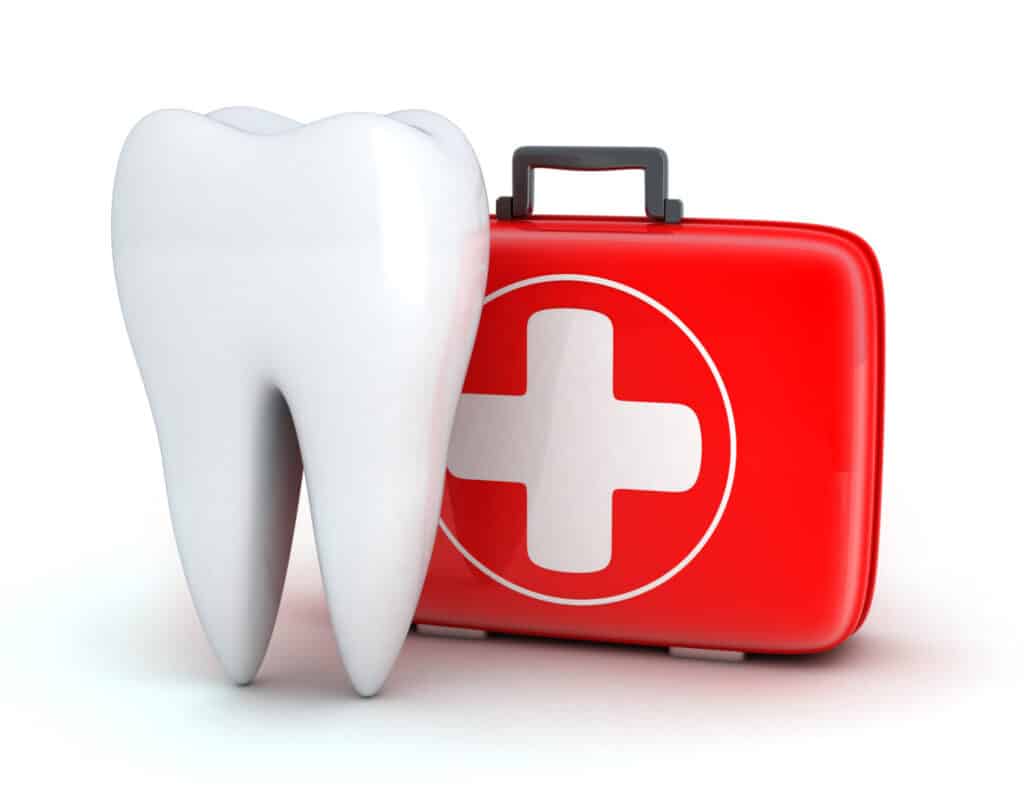Dental emergencies can happen at any time, often when we least expect them. Whether it’s a sudden toothache, a broken tooth, or a lost filling, the discomfort and panic can be overwhelming, especially when immediate access to a dentist isn’t possible. Knowing how to handle these situations can not only provide temporary relief but also prevent further complications. Here’s a guide on what to do when you can’t see the dentist immediately.
Identify the Emergency
The first step is to determine the nature and severity of the emergency. Common dental emergencies include:
- Severe toothache
- Chipped or broken teeth
- Knocked-out tooth
- Lost filling or crown
- Abscess or infection
Understanding the type of emergency you’re dealing with will help you take the most appropriate action.
Immediate Steps for Common Emergencies
- For Severe Toothache: Rinse your mouth with warm water to clean it out. Gently use dental floss to remove any food caught between your teeth. If swelling is present, apply a cold compress to the outside of your mouth or cheek. Avoid putting aspirin or any painkiller against the gums near the aching tooth, as it may burn the gum tissue.
- For Chipped or Broken Teeth: Save any pieces of the broken tooth. Rinse your mouth and the broken pieces with warm water. If there’s bleeding, apply a piece of gauze to the area for about 10 minutes or until the bleeding stops. Apply a cold compress to the outside of the mouth, cheek, or lip near the broken/chipped tooth to reduce swelling and relieve pain.
- For Knocked-out Tooth: Retrieve the tooth, hold it by the crown (the part that is usually exposed in the mouth), and rinse off the tooth root with water if it’s dirty. Do not scrub it or remove any attached tissue fragments. If possible, try to gently reinsert it into the socket. If that’s not possible, put the tooth in a small container of milk (or water if milk is not available) and get to your dentist as quickly as possible.
- For Lost Filling or Crown: If a filling is lost, stick a piece of sugarless gum into the cavity (sugar-filled gum will cause pain) or use over-the-counter dental cement. If a crown falls off, save the crown and if possible, slip it back over the tooth. Before doing so, coat the inner surface with over-the-counter dental cement, toothpaste, or denture adhesive to help hold the crown in place. Do not use super glue.
- For Abscess or Infection: Abscesses are infections that occur around the root of a tooth or in the space between the teeth and gums. Abscesses are a serious condition that can damage tissue and surrounding teeth, with the infection possibly spreading to other parts of the body if left untreated. Rinse your mouth with a mild saltwater solution (1/2 teaspoon of table salt in 8 ounces of water) several times a day to ease pain and draw the pus toward the surface.
When to See a Dentist
Even if the pain subsides, it’s crucial to see a dentist as soon as possible. Many dental emergencies require professional treatment to prevent infections, further damage, or other long-term complications.
Preventing Dental Emergencies
Prevention is always better than cure. Maintain a robust oral hygiene routine, wear a mouthguard during sports, avoid chewing hard foods like ice, and schedule regular dental checkups.
Final Thoughts
While dental emergencies are distressing, taking prompt and appropriate action can significantly mitigate pain and complications until you can see a dentist. Remember, timely intervention by a dental professional is essential for preserving your oral health and preventing future emergencies.

